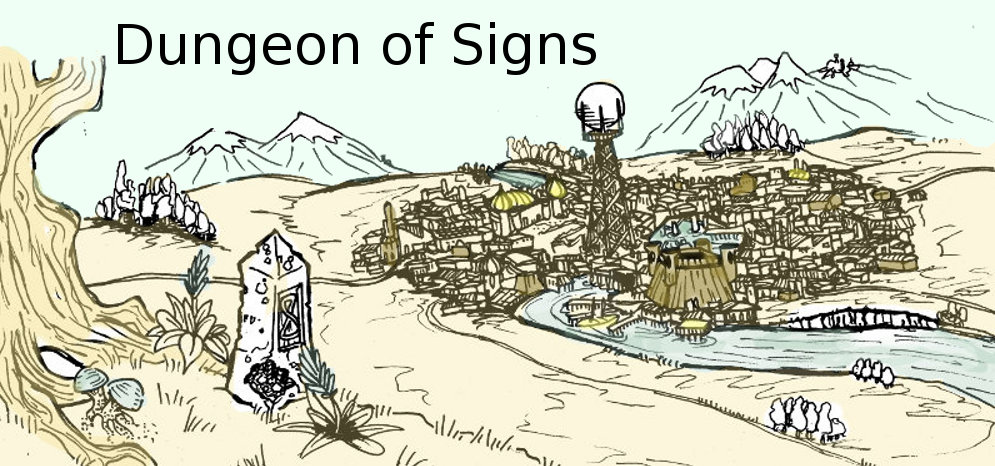Dragonlance,
much reviled, much mocked but secretly much adored. Back when it was originally published I never
read or played any of the Dragonlance Modules, or perused the novels. By the time Dragonlance was in full swing the
guys I played games with had moved on to Car Wars. Jack over at Tales of the Grotesque and Dungeonesque once suggested Dirtbag Dragonlance - which still stands as a good setting idea, but I am curious if there is anything to be salvaged from Dragonlance that could make a fun game without the inclusion of Monster Trucks. Also Beyond Castle Cadwell is such a waste of a good design idea that I may have to stop reviewing the B-Series of modules.
DRAGONS OF Despair
I
decided I should actually try reading one of the Dragonlance Modules to earn
the right to either ridicule or defend them.
I picked Dragons of Despair, DL1, because
it’s the first. The title is good at least, and the module
does include both dragons and despair. Published in 1984, Dragons of Despair is
a work by Tracy Hickman, who also wrote Rahasia, which I reviewed a while
back. Hickman has a signature style, one
I detest, but it’s absolutely his own, as much a Gygax’s painstaking treasure
accounting and bloodthirsty trap advice is his.
From what I can tell the marks of a Hickman adventure are complex story,
evocative detail, player handouts, high fantasy and a moral impulse.
 |
| It's the 80's! |
The introduction to Dragons of Despair is emblematic of this sensibility, and lays out
an odd set of GM instruction in a more poetic context – a piece of creative writing about how the GM is
playing the role of some ancient lore-master/historian/demigod rather than
acting as an impartial referee. It’s
perhaps a subtle difference or a hokey one, but I think the idea that the
characters are the sort of people that ancient semi-divine robed spirits would
be interested in watching is a fundamental difference between a Hickman
adventure and the traditional D&D mindset.
It also sadly creates a world where plot immunity is encouraged for
player characters. The rules don’t make dying harder, but the future destinies
of the recommended party members seem to.
The odd thing about Hickman's modules (the two I've read) is that within the plot driven railroads and the mechanical problems caused by the plot's strict morality there are some cool encounters and good ideas: metal poor world with steel coinage, elevator encounter, loss of Clerical magic, and the Draconic army that seems modern in it's (fascist) ethos massacring the heck out of high-fantasy land. There must be something salvageable from these ideas.
The
problems I have with the Hickman game world are many, but at the core Dragons of
Despair (and Rahasia) appear to be an effort to use the medium of table top
games to tell a different kind of story then the picaresque of most D&D
games. They strive to be sweeping and
epic, and while my experience playing suggests that this approach rarely works,
that any sweeping epic moments must arise from the players own goals derived
from observation and interaction with the world rather than the ones
predetermined by a GM or adventure writer, I can’t say that the goal of Dragonlance
modules wasn’t a novel one. IT was also a very
successful goal apparently, as the novels and modules of Dragonlance
were D&D’s flagship world for quite a while, and beloved by a lot
of players.
What’s
awful about Dragonlance, and it is awful (though not without redeeming
features), isn’t it’s goals or the creativity behind it, it’s the world it
evokes and the way it tortures D&D’s mechanics to make that world work.







